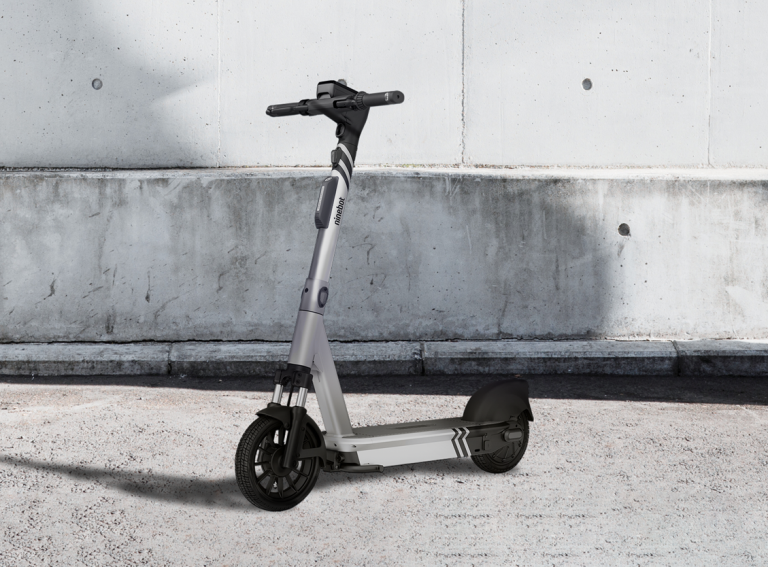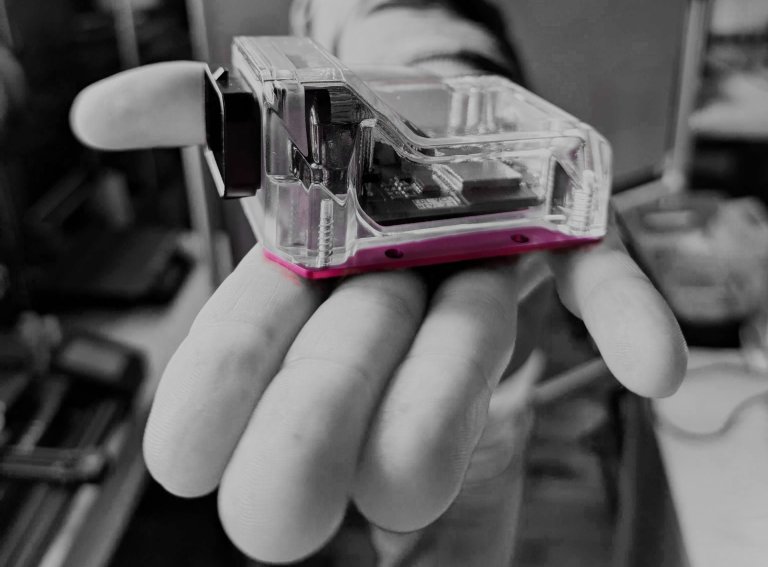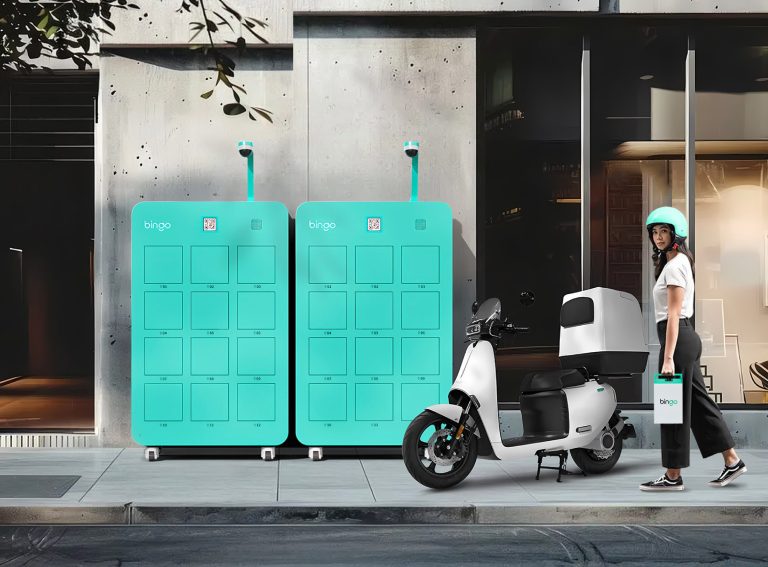San Francisco-based Otherlab has unveiled a solar-powered electric cargo scooter that can transport two riders.
The “Lightfoot” has a 1.1kWh battery and an onboard charger to give a range of 37 miles on a full charge. By capturing the sun’s energy, Otherlab claims the exterior solar panels can give an additional 18 miles of range depending on the available sunlight, making the e-scooter’s total range 55 miles if combined.
On sunnier days, this means the Lightfoot’s dual solar panels can ‘top up’ the charge any time the e-scooter is parked, and on dull days riders can plug the vehicle’s charger into a standard 110-volt wall plug to charge the e-scooter up to 80% in 90 minutes.
“We set out to build a better micromobility vehicle, and solar panels provided a means to an end; people told us they wanted to go farther on a single charge, and we could see how a vehicle that relied on solar and regenerative braking to stay charged could be a big win over just giving them a bigger battery,” Lightfoot’s Co-Founder Neil Cantor told Zag Daily.
Regenerative braking means the Lightfoot can convert energy from downhill coasts and gentle stops into extra range.
The Lightfoot’s chassis is made from aircraft-grade aluminium and supported by motorcycle-grade dual suspension, according to the company. Its 10-inch tires aim to give the rider control while reaching a top speed of 20 miles per hour.
Beneath the solar panels is a lockable storage compartment with a capacity of just over 45 litres or 33 pounds.
“Having lockable storage, control at low speed, the power to zoom up hills, and extended range is a rare combination in a two-wheeled vehicle,” said Neil.
“And together, they offer exactly the kind of assurance people who feel stuck in their cars are seeking so they can get more of what they need done across their day and bypass the headaches and hassle of their car more often.”
The Lightfoot is available for purchase at a price of $4,995 with the first production vehicles being manufactured in Taiwan and deliveries scheduled for January 2025.



